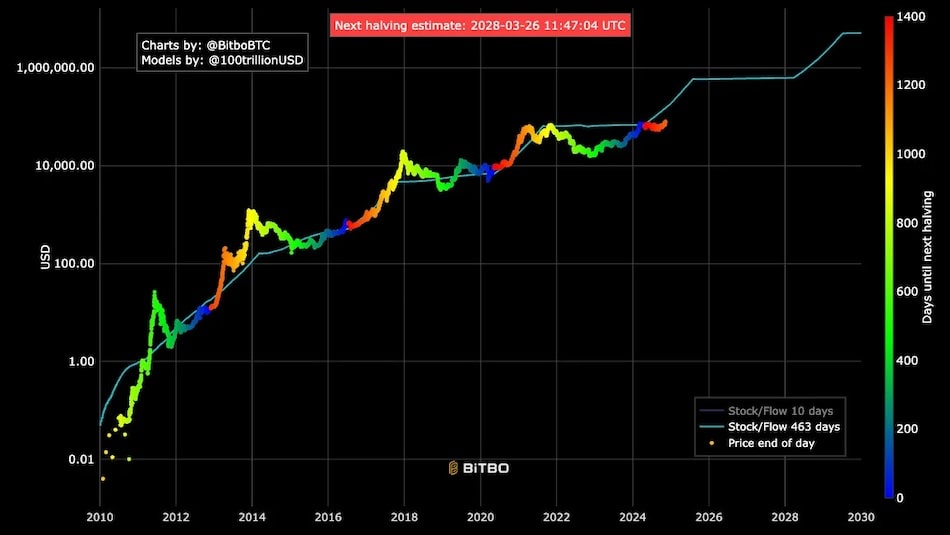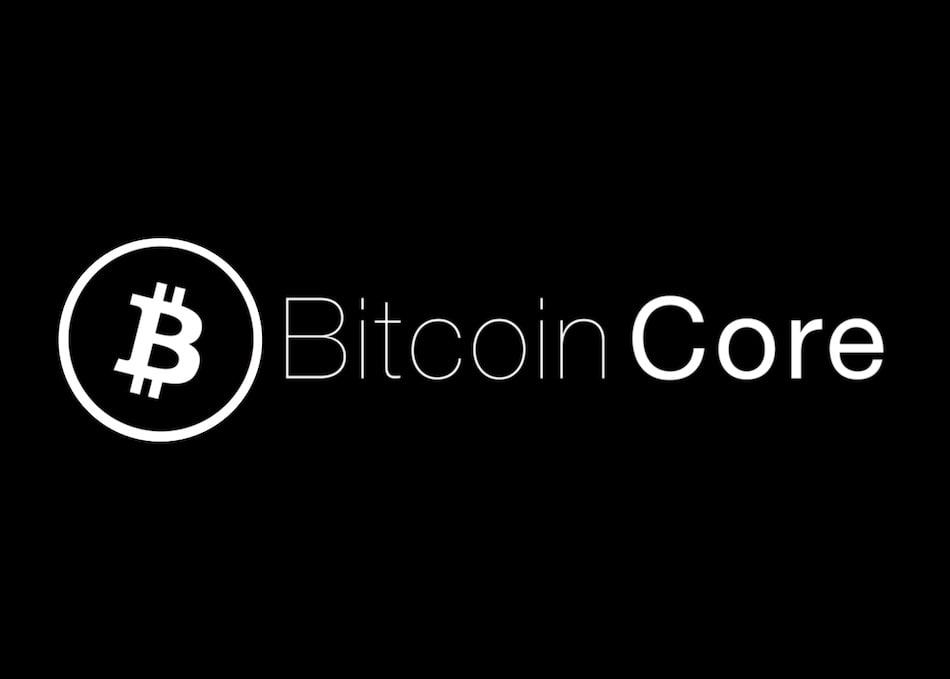
Bitwise investment analyst André Dragosch has cautioned investors about relying too heavily on the widely cited Bitcoin stock-to-flow (S2F) model, which currently forecasts a peak price of $222,000 for this market cycle.
Concerns over the stock-to-flow model
According to Dragosch, the S2F model focuses solely on Bitcoin’s programmed supply reductions, known as halvings, but fails to consider demand-side factors.
He explained that institutional demand—especially from Bitcoin exchange-traded products (ETPs) and treasury holdings—has surpassed the annualized supply reduction from the latest halving event by more than sevenfold.
Dragosch emphasized:
“Today, institutional demand via Bitcoin exchange-traded products (ETPs) and treasury holdings outweighs the annualized supply reduction from the latest Halving by more than seven times.”
For those monitoring the model, the stock to flow chart remains a reference, but Dragosch suggests its predictive value may be limited in the current environment.
Institutional demand creates a price floor
The growth of exchange-traded funds (ETFs) and other investment vehicles has helped establish a price floor for Bitcoin, supporting levels above $100,000.
Data on ETF flows show sustained institutional interest, contributing to market stability despite price volatility.
Debate over cycle highs
Market analysts are divided on how high Bitcoin may go this cycle.
Geoff Kendrick of Standard Chartered maintains that Bitcoin could reach $200,000 by the end of 2025, while others predict prices as high as $500,000 in 2026, driven by expansion of the global M2 money supply.
The M2 money supply vs. bitcoin chart is cited as a key bullish catalyst.
Skepticism remains on outsized predictions
However, some industry leaders remain skeptical.
Mike Novogratz of Galaxy Digital said a $250,000 price by the end of 2025 is unlikely “unless crazy stuff happens.”
Tom Lee of FundStrat warned that a 50% drawdown is still possible even with greater institutional adoption.



